How To Stop Condensation On Windows: 7 Effective Methods
Condensation usually occurs when there is a big difference in temperature between the two sides of a glass surface. In a sense the glass “sweats”. While window condensation isn’t necessarily a scary thing, it may become a problem over time, as too much moisture in a room can lead to... The post How To Stop Condensation On Windows: 7 Effective Methods appeared first on ArchZine.
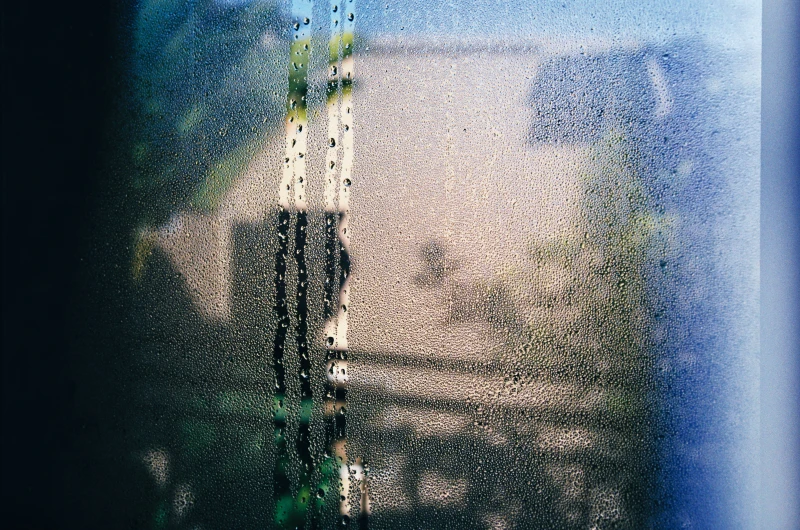
Condensation usually occurs when there is a big difference in temperature between the two sides of a glass surface. In a sense the glass “sweats”. While window condensation isn’t necessarily a scary thing, it may become a problem over time, as too much moisture in a room can lead to things such as mold and damp patches. On the bright side, there are plenty of things you can do when it comes to how to stop condensation on windows.
Condensation occurs when there is a big difference in temperature inside and out

How To Stop Condensation on Windows
While condensation is a common issue all year around, it occurs most during the cold season. And you can’t constantly be wiping away all the excess moisture. That’s why you need to find over ways to get rid of all this excess water. Today, we will show you some of the most simple and effective methods how to that.
While condensation is a common issue all year around, it occurs most during the cold season
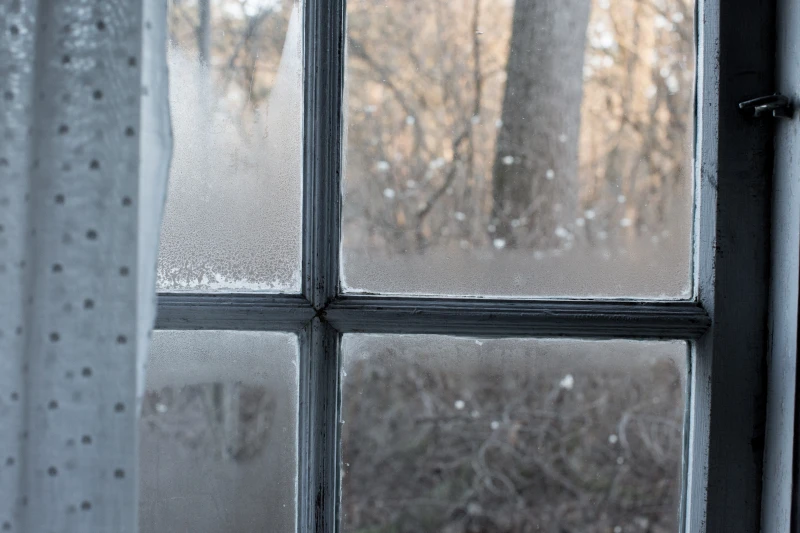
#Open The Windows
This is as simple, as it gets. While it may be much colder in the winter, it’s good to open a window from time to time to let the fresh air in. This will help the air to move more freely in the room, creating better ventilation, and it will also let the moist air escape.
While it may be much colder in the winter, it’s good to open a window

#Adjust The Heating
If you tend to suddenly decrease and increase the temperature in your home, this may be causing the condensation. It’s best to keep the heating on a low temperature all the time to help balance out the air’s temperature. Or you can also have a timer that can be used to switch on the heating during the coldest of times like at dawn. This way the surfaces will be kept warm and condensation won’t form.
It’s best to keep the heating on a low temperature all the time
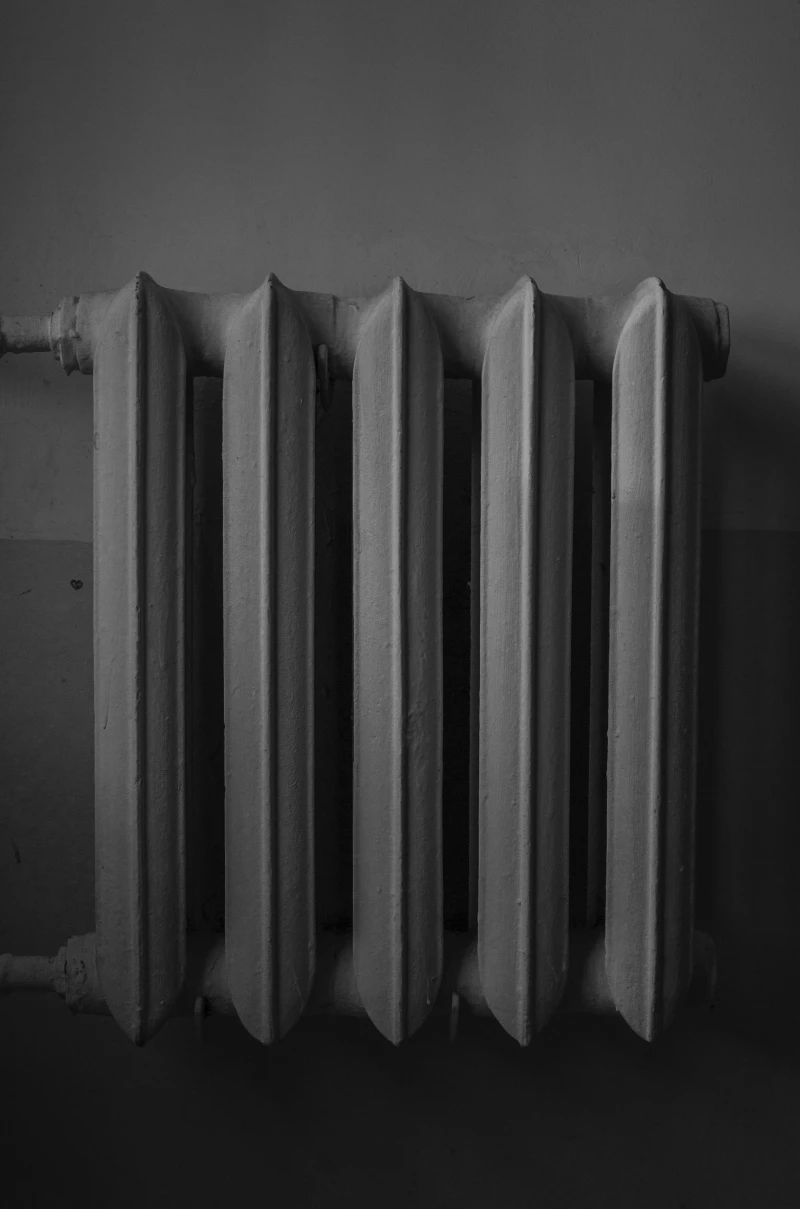
#Only Dry Clothes in Ventilated Areas
Drying clothes during winter can be a hassle if you don’t own a dryer. While it’s not impossible to dry them, it’s a long process. And if you leave damp laundry in a room where you don’t ventilate, it’s a recipe for excess moisture in the room and thus creating condensation in the room.
Drying clothes during winter can be a hassle if you don’t own a dryer

#Dehumidifier
Just like you can get a humidifier if your room is too dry, you can get a dehumidifier if the moisture levels are way too high. It is an investment, but it’s one you will be glad you made. A dehumidifier’s job is to suck out any excess moisture in the air, so it will stop condensation from happening. This little machine doesn’t need to be constantly on, you can put it on a timer. Let it work for an hour or so and let it switch off. The best thing about dehumidifiers are that they use little energy, so your bills won’t spike.
You can get a dehumidifier if the moisture levels are way too high
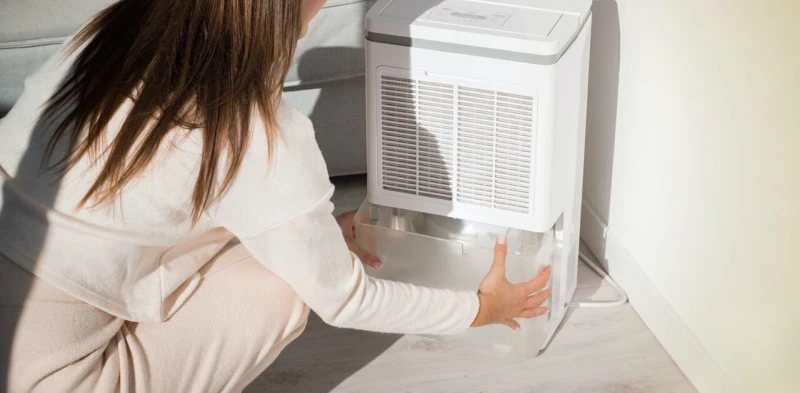
#Turn on Extractor Fan
When you are using your bathroom or your kitchen, steam usually occurs. This is caused by all the moisture that is released into the air. So, it’s a good idea to turn on the extractor fan to work while you are showering or cooking up dinner. It doesn’t need to run all the time, just fifteen minutes is also enough. This will once again help to get the old, moist air out and create ventilation. If you do not have a fan, you can always crack open a window.
It’s a good idea to turn on the extractor fan to work
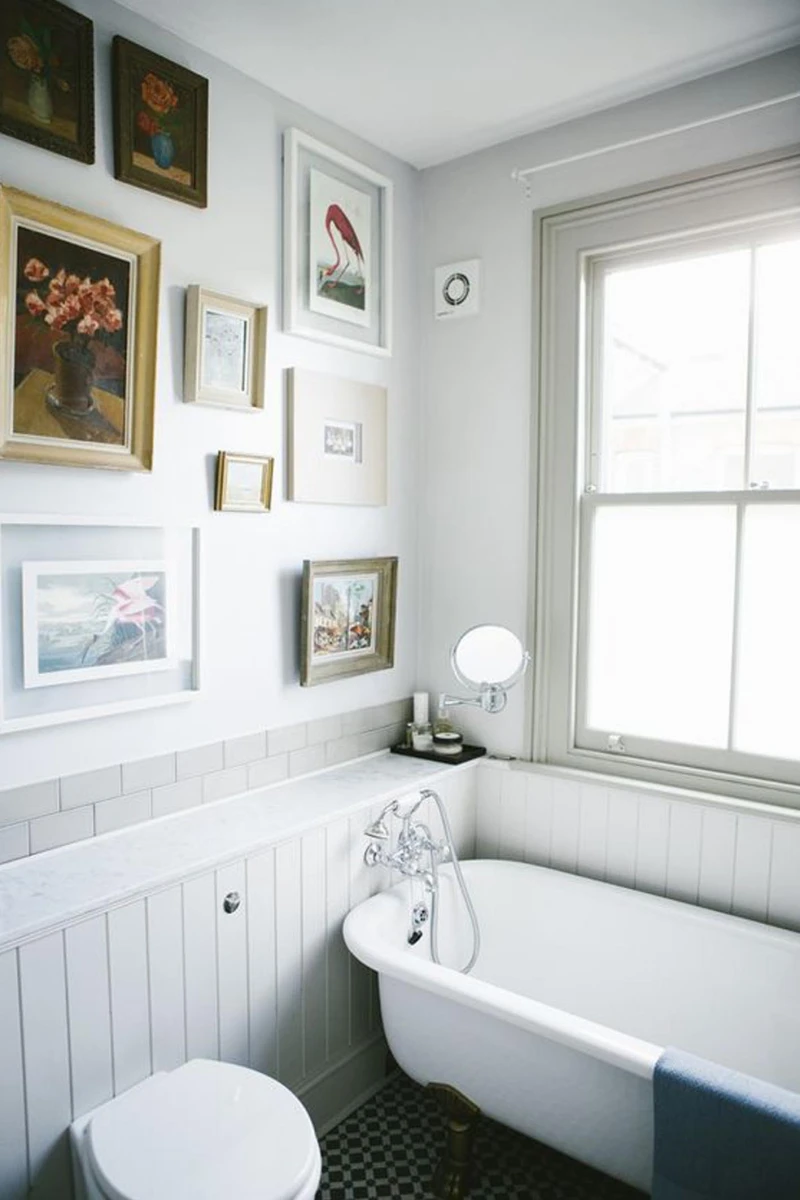
#Open The Curtains
Another simple, but effective trick. Keeping your curtains closed means you are trapping the air. However, if you keep them open you can allow the air to circulate against the window and lower the chances of condensation. This may not be possible in every room such as the bedroom, as streetlights may make it impossible for you to get a good nights sleep, but even then there is a way. Even just getting thinner curtains will still lower condensation.
Keeping your curtains closed means you are trapping the air
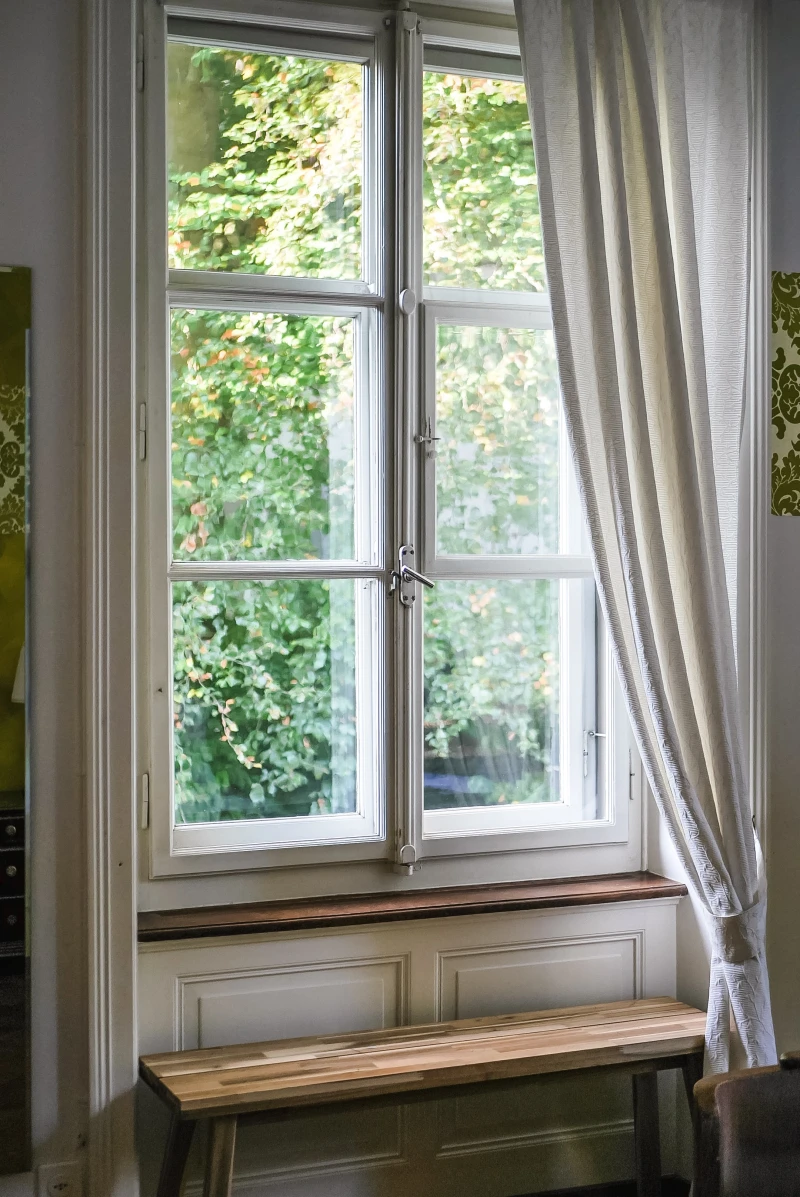
#Improve Insulation
The most effective method to prevent condensation from happening is to improve your home’s insulation. This is an effective way of making sure your windows are not much colder than the temperature inside of your home. However, this is a big investment, but it will save you from worrying about black mold. Some double glazing, wall insulation and draught-proofing will help you lose less heat, save energy and get rid of condensation.
The most effective method is to improve your home’s insulation
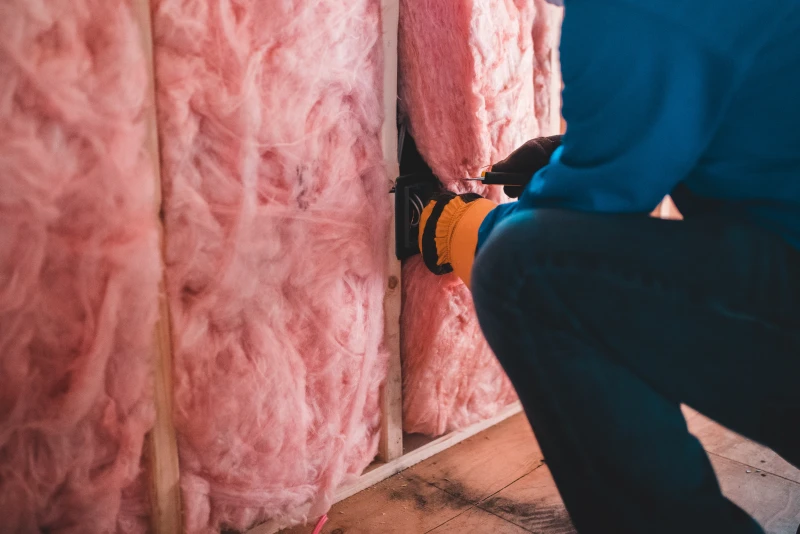
These were some of the best ways on how to stop condensation on windows, as well how to prevent it from happening again. We hope you found this article useful. Now you can enjoy condensation-free windows during these cold seasons.
These were some of the best ways on how to stop condensation on windows
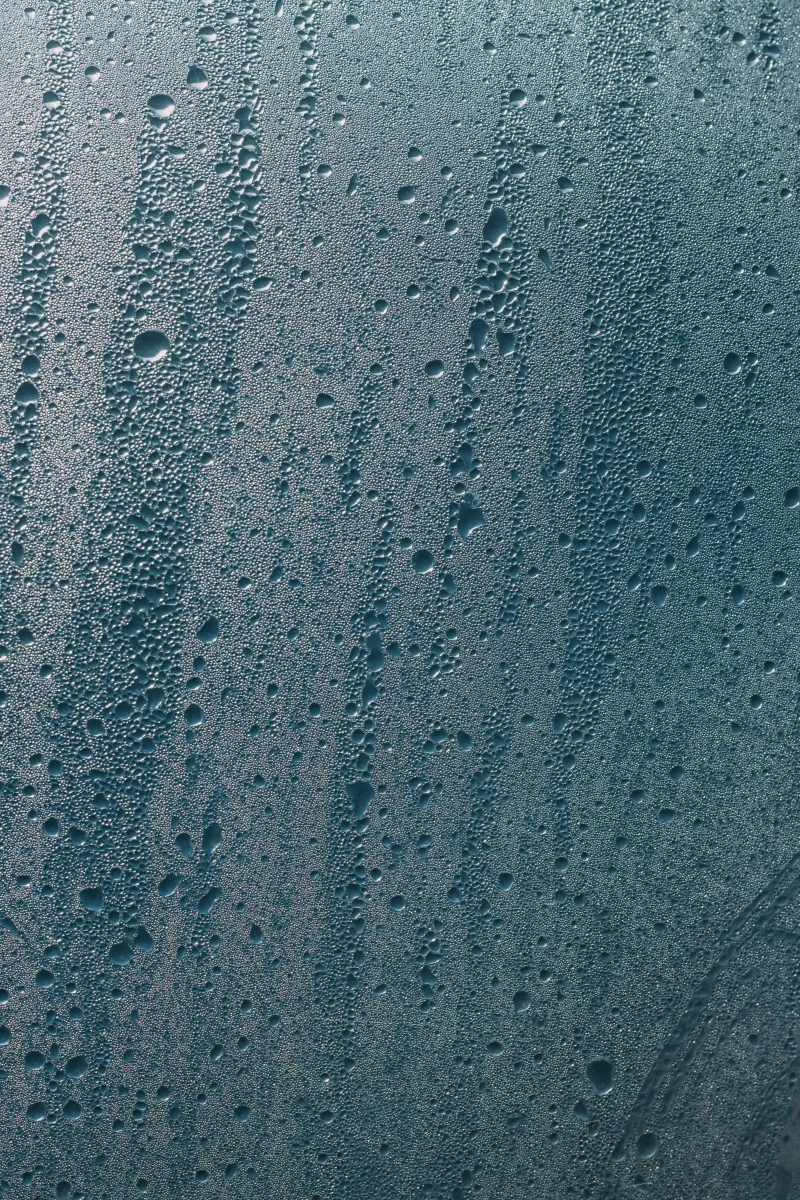
Related Articles
- How To Stop Cats From Scratching Your Furniture
- 7 Effective Tips How To Dry Clothes Fast
- How To Choose The Best Pillow For You
- Remove Calcium Buildup (Limescale) At Home
Sources:
- Good To Know ©
- Real Homes ©
- The Scotsman ©
- Which? ©
- This Old House ©
- Hometree ©
The post How To Stop Condensation On Windows: 7 Effective Methods appeared first on ArchZine.
